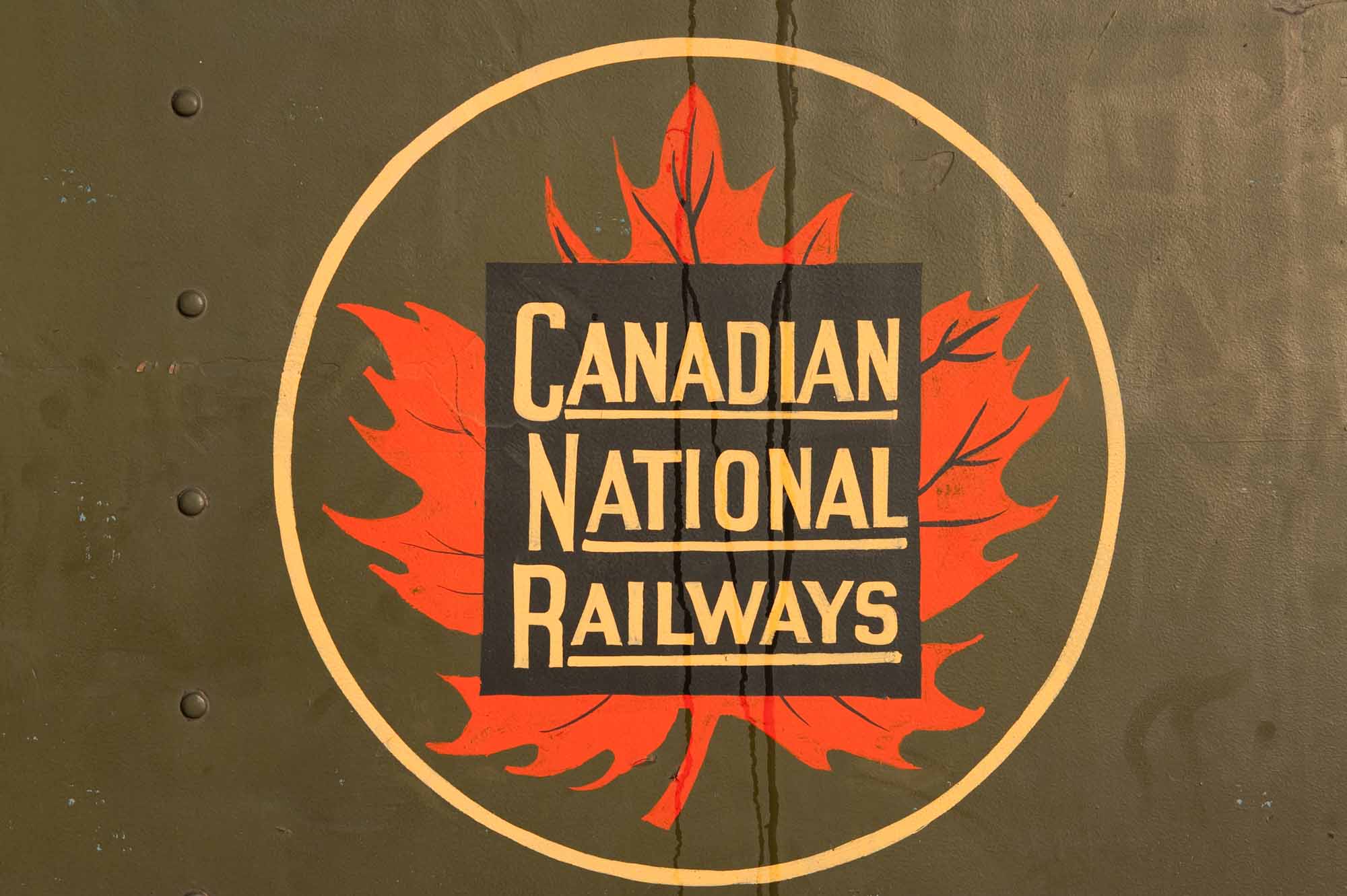The United Aircraft Corporation’s TurboTrain (known in Canada as the CN Turbo or VIA Rail TurboTrain) was an early high-speed passenger train that operated in Canada, from 1968 to 1982. The TurboTrain was powered by a gas turbine engine and could attain a maximum speed of over 270 km/h, though it normally never exceeded 150 km/h. The TurboTrain operated on the Montreal–Toronto route, and under optimal conditions was supposed to complete the trip in less than four hours, though it often took about four and a half hours. Meant to revolutionize train travel in Canada, the TurboTrain suffered from technical problems in its first years of service and declining interest from travellers.

Design and Operation
United Aircraft Corporation (UAC) developed the TurboTrain specifically to participate in the United States’ Department of Transportation high speed rail demonstration project. This project took place in the Northeast Corridor region of the country, specifically on the Boston–New York run. At the time, UAC’s corporate office was located in Hartford, Connecticut, and its manufacturing and maintenance plant was located in Providence, Rhode Island. UAC was awarded a contract in 1966 to build two three-car trains. Sikorsky, which was owned by UAC, manufactured the trains used in the United States. Pratt & Whitney Canada, a Canadian subsidiary of UAC, designed the train’s engines.
During this same period, Canadian National Railways (CN) was looking to update its service on the busy Montreal– Toronto train route. CN wanted to reduce the time it took to travel between Canada’s two largest cities. The TurboTrain was intended to cut 90 minutes off what had been CN’s shortest duration trip. At three and a half hours, the TurboTrain could have competed with air travel, which took about the same time. The new trains, which were styled like jet airplanes, aimed to offer a superior level of service to passengers.
The TurboTrain was powered by a turboshaft, a gas turbine engine which drives a power shaft to produce locomotion. The engine, known as an ST6, was adapted from the earlier PT6 engine – a type of aircraft engine. The Turbo was also fully articulated, meaning that the train cars were connected directly to one another. Because the Turbo was articulated, it could tilt or lean into a turn on a curved rail. Whereas most trains (like cars) need to slow down when turning, the TurboTrain could lean into turns and achieve speeds 30 per cent faster than regular trains.
Did you know?
The TurboTrain was one of the first “tilting trains” to enter service in North America.
The Canadian trains were built by Montreal Locomotive Works according to plans provided by UAC. For service in Canada, train sets were composed of seven cars, providing a capacity of approximately 340 passengers. Initial plans were to run two trains connected together, with a total of 14 cars and a passenger capacity of over 600. The TurboTrain was put into service after just one year of testing, and achieved the Canadian train speed record of over 226 km/h. Despite some initial technical problems, the TurboTrain reportedly had an 80–90 per cent on-time rate. A total of five train sets were purchased and operated in Canada.
CN had initially planned to have the trains operating in time for Expo 67, although this plan was not realized because of production delays. The TurboTrain made its Canadian debut in December 1968, with trains leaving Toronto and Montreal simultaneously. The train from Toronto smashed into a truck at a level crossing in Kingston, which resulted in a destroyed truck but no damage to the train or any serious injuries. The railway signal system and the number of grade crossings — about 240 along the route — would preclude the TurboTrain from ever operating anywhere near its top speed.
Despite the accident at a Kingston level crossing, the CN Turbo began regular service in 1968, but by the first week of 1969 service was suspended. Turbo service resumed in May of 1970, but the train was impacted by problems including frozen brakes and a train catching fire. Turbo service was withdrawn for several years as these technical issues were addressed. The Turbos were reintroduced in 1973, with train sets lengthened to nine cars. The reintroduced Turbos operated until 1982. VIA Rail operated the Turbos when they took over passenger rail service from Canadian National and Canadian Pacific, from 1978 onwards.
Decline and Phasing Out
Aside from the early technical problems, the TurboTrain was introduced at a time when passenger rail travel was declining and losing ground primarily to air travel, which was booming in the 1960s and 1970s. Despite offering a more luxurious setting compared to most North American trains of its era, the TurboTrain’s high-speed performance was never fully realized, as the fleet had to share the railway with slower moving (though far more valuable) freight lines. The TurboTrain was also expected to slow down at each level crossing. Without access to dedicated, separated railways (i.e., railways that don’t cross roads or other railways at the same level), the high-speed rail project could barely travel much faster than older train models.
The TurboTrain made its last run on 31 October 1982. It was replaced by Bombardier Transportation’s LRC, a lightweight, conventionally powered diesel-electric train (see Bombardier Inc.).

 Share on Facebook
Share on Facebook Share on X
Share on X Share by Email
Share by Email Share on Google Classroom
Share on Google Classroom





